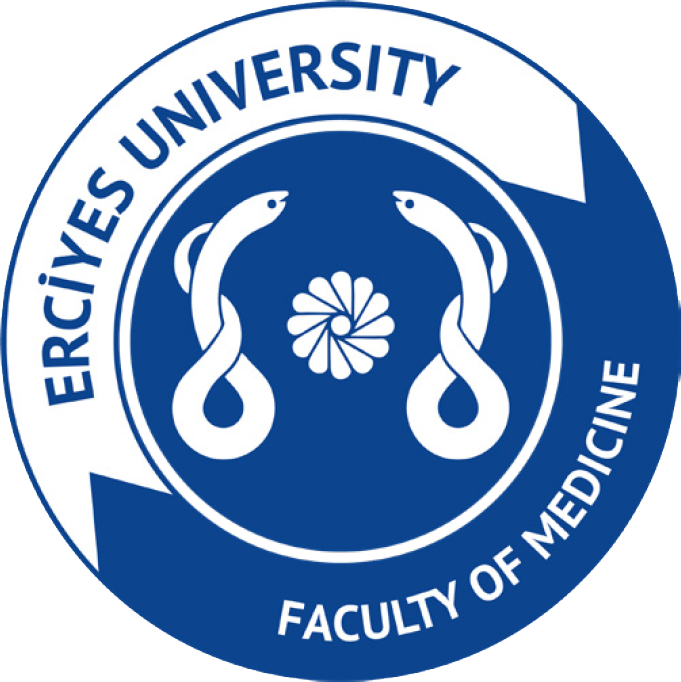2Department of Radiology, Siksha 'O' Anusandhan Deemed to be University, Institute of Medical Sciences and Sum Hospital, Bhubaneswar, India
3Department of Pathology, Siksha 'O' Anusandhan Deemed to be University, Institute of Medical Sciences, Sum Hospital, Bhubaneswar, India
Abstract
Background: Primary testicular lymphoma (PTL) is a rare subtype of non-Hodgkin’s lymphoma (NHL), most commonly presenting as diffuse large B-cell lymphoma (DLBCL). It primarily affects older men and has a tendency to relapse in the central nervous system (CNS), contralateral testis, and lungs. Although rituximab has improved survival outcomes, its limited CNS penetration is a clinical challenge.
Case Report: We report the case of a 39-year-old man diagnosed with primary testicular DLBCL (PT-DLBCL) (triple expresser). He received six cycles of R-CHOP (rituximab, cyclophosphamide, doxorubicin (hydroxydaunorubicin), vincristine (oncovin), and prednisone) combined with high-dose methotrexate (HD-MTX) and contralateral testicular radiation. After 33 months of disease-free survival, he experienced a CNS relapse. He was subsequently treated with the MAR (methotrexate, cytarabine, and rituximab) regimen, consisting of HD-MTX, cytarabine (Ara-C), and rituximab. Following whole-brain radiotherapy and rituximab maintenance therapy, he achieved complete response and was transitioned to maintenance therapy with acalabrutinib.
Conclusion: This case highlights the successful use of the MAR regimen and acalabrutinib maintenance in a patient with CNS-relapse PT-DLBCL. Further studies are needed to develop standardized treatment protocols for such high-risk cases.


